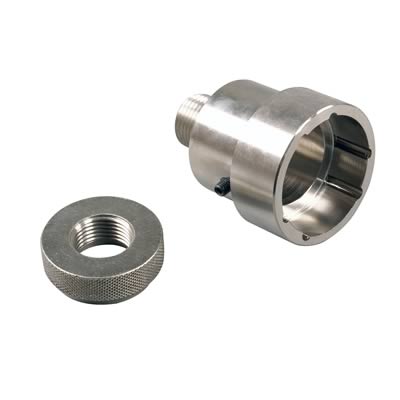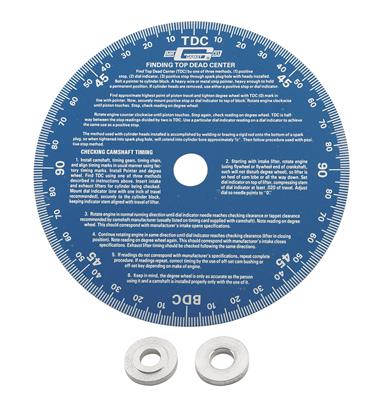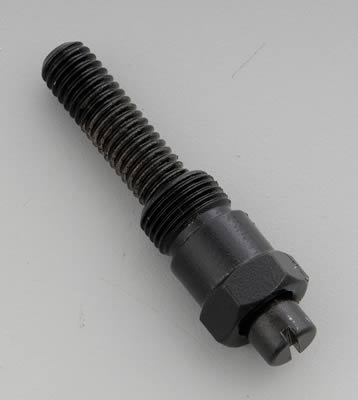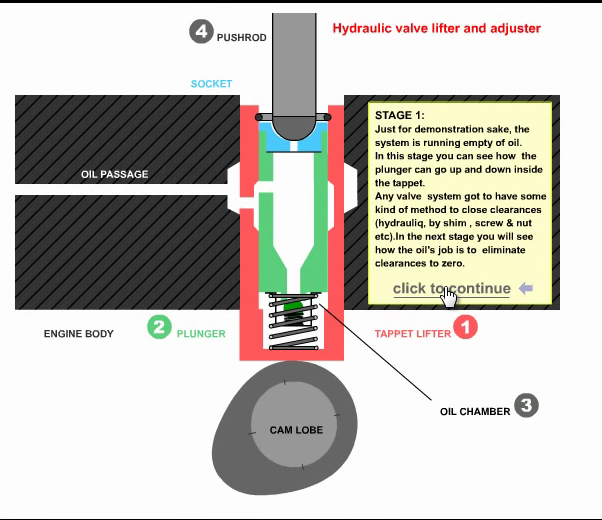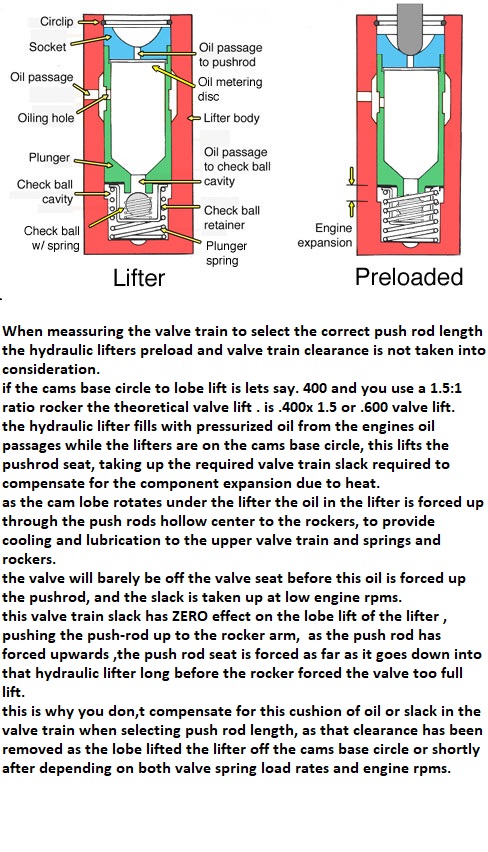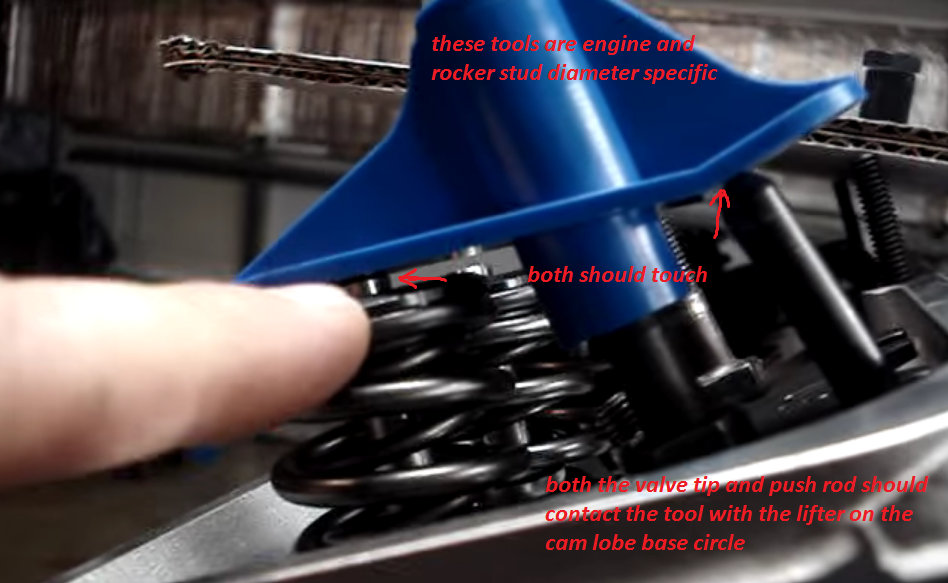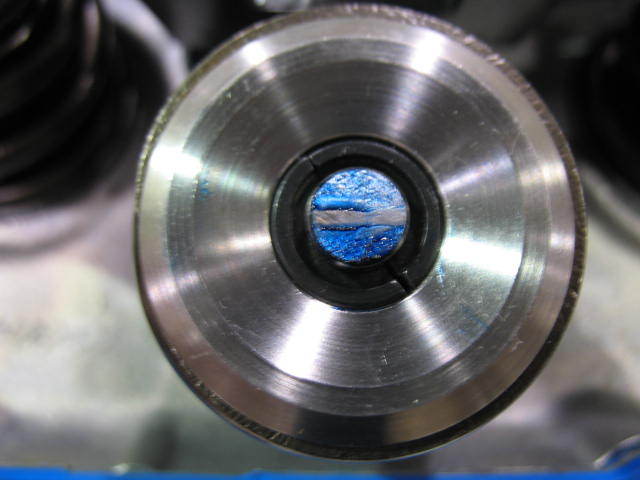yes IM only too aware theres a great deal of info to read, but taking your time and doing so will tend to prevent problems later
http://www.hotrod.com/techarticles/engi ... index.html
http://www.hashmarks.com/techtips/hot_cam.htm
viewtopic.php?f=52&t=126&p=1270&hilit=+roller+rockers#p1270
http://shbox.com/1/4th_gen_tech1.html
http://www.jegs.com/InstallationInstruc ... 119661.pdf
http://shbox.com/ci/cam_install.html
http://www.afrashteh.com/guide/install.htm
http://www.chevyhiperformance.com/techa ... index.html
http://www.carcraft.com/howto/ls1_engin ... index.html
http://www.cis.udel.edu/~davis/z28/buildup/cam/
http://www.corvettefever.com/howto/36501/index.html
http://www.corvettefever.com/projectbui ... index.html
http://forums.corvetteforum.com/c4-tech ... r-out.html
http://www.gmhightechperformance.com/te ... index.html
http://www.zmydust.com/headsandcam.html
http://www.bfranker.badz28.com/fbody/guides.htm
http://www.97transam.com/97ta-cam.php
http://www.cis.udel.edu/~davis/z28/buildup/cam/
http://www.corvettefever.com/howto/corp ... index.html
http://www.fierolt1.com/lt1_camdata.htm
http://www.corvettels7.com/halltech_LS900.html
http://www.boxwrench.net/
http://forums.corvetteforum.com/c4-tech ... r-out.html
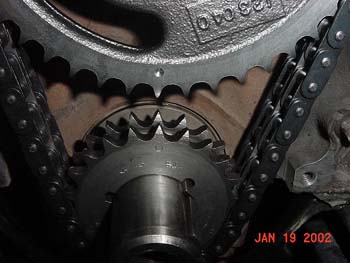
install it like this, then rotate the engine one time 360 degrees the cam gear will now be at 12 oclock just like the crank gear, then install the distrib pointing at cylinder #1
this may help
on most aftermarket and on cloyes timing chain sets there are 3 keyways with 3 different marks. There is a:
circle
square
triangle
on the crank gear
0 - Indicates standard cam timing
A - Advances the cam timing 4°
R or a square - Retards the cam timing 4°
how come its 180 degs out of phase? I get this question all the time, well heres something I see lots of guys don,t understand,ONCE YOUVE INSTALLED A CAM WITH THE TIMEING MARKS YOU MUST ROTATE THE CRANK 360 DEGRESS BEFORE DROPPING IN THE DISTRIBUTOR
... while its true that if the
timeing marks are possitioned so the crank is at 12 o,clock and the cam gear
is at 6 o,clock that the cam lobes will be in the possition that fires #6
cylinder that HAS NO EFFECT AT ALL (on finding TDC,) for aligning the degree wheel with TDC,or THE timeing tab pointer, for degreeing in the cam, the piston passes thru
TDC TWICE in every fireing cycle once on the fireing/power stroke and once
on the exhaust stroke, the cam rotates at exactly 1/2 the speed of the crank
so to make it easy to line up the marks they install it with the marks at
the closest point 6/12 for easy indexing, rotate the engine 360 degrees to
the #1 TDC power stroke and the crank gear will still be at 12 oclock 12/12
but the cam will be at 12 o,clock also, rotate another 360 degrees and your
back where you started. its simply easier to index the cam at the point
where the index marks align closely. look at how the cam lobes themselfs
open the valves when the cam is just installed the #1 cylinder valves are
slightly open and the #6 are closed
per "Lunati"
""YES YOU ARE RIGHT - WHEN CRANK IS AT TWELVE AND CAM IS AT SIX THEN #6 CYL IS FIRING
AFTER YOU LINE UP YOUR MARKS AND INSTALL GEAR THEN ROTATE YOUR CRANK ONE REVOLUTION AND THEN DROP THE DIST. IN - AT THAT POINT #1 IS FIRING""
use of the dots, as index points will work most of the time in theory, youll be close to correct, if you want things dead on correct you need to take the time to degree it in, the difference can be 5-20hp depending on how lucky you get with tolerances
take the time to read thru the whole thread and sub linked info
its well worth the effort
viewtopic.php?f=52&t=90&p=114#p114
DROPPING THE DISTRIBUTOR BACK IN
viewtopic.php?f=50&t=54
these links may be useful
http://garage.grumpysperformance.com/index.php?threads/adjusting-valves.196/
http://garage.grumpysperformance.co...cally-tracking-down-a-valve-train-noise.6237/
http://garage.grumpysperformance.com/index.php?threads/metal-in-oil.10875/#post-47688
http://garage.grumpysperformance.com/index.php?threads/cam-wear-articles-you-need-to-read.282/
http://garage.grumpysperformance.co...k-after-a-cam-lobe-rod-or-bearings-fail.2919/
http://www.hotrod.com/techarticles/engi ... index.html
http://www.hashmarks.com/techtips/hot_cam.htm
viewtopic.php?f=52&t=126&p=1270&hilit=+roller+rockers#p1270
http://shbox.com/1/4th_gen_tech1.html
http://www.jegs.com/InstallationInstruc ... 119661.pdf
http://shbox.com/ci/cam_install.html
http://www.afrashteh.com/guide/install.htm
http://www.chevyhiperformance.com/techa ... index.html
http://www.carcraft.com/howto/ls1_engin ... index.html
http://www.cis.udel.edu/~davis/z28/buildup/cam/
http://www.corvettefever.com/howto/36501/index.html
http://www.corvettefever.com/projectbui ... index.html
http://forums.corvetteforum.com/c4-tech ... r-out.html
http://www.gmhightechperformance.com/te ... index.html
http://www.zmydust.com/headsandcam.html
http://www.bfranker.badz28.com/fbody/guides.htm
http://www.97transam.com/97ta-cam.php
http://www.cis.udel.edu/~davis/z28/buildup/cam/
http://www.corvettefever.com/howto/corp ... index.html
http://www.fierolt1.com/lt1_camdata.htm
http://www.corvettels7.com/halltech_LS900.html
http://www.boxwrench.net/
http://forums.corvetteforum.com/c4-tech ... r-out.html

install it like this, then rotate the engine one time 360 degrees the cam gear will now be at 12 oclock just like the crank gear, then install the distrib pointing at cylinder #1
this may help
on most aftermarket and on cloyes timing chain sets there are 3 keyways with 3 different marks. There is a:
circle
square
triangle
on the crank gear
0 - Indicates standard cam timing
A - Advances the cam timing 4°
R or a square - Retards the cam timing 4°
how come its 180 degs out of phase? I get this question all the time, well heres something I see lots of guys don,t understand,ONCE YOUVE INSTALLED A CAM WITH THE TIMEING MARKS YOU MUST ROTATE THE CRANK 360 DEGRESS BEFORE DROPPING IN THE DISTRIBUTOR
... while its true that if the
timeing marks are possitioned so the crank is at 12 o,clock and the cam gear
is at 6 o,clock that the cam lobes will be in the possition that fires #6
cylinder that HAS NO EFFECT AT ALL (on finding TDC,) for aligning the degree wheel with TDC,or THE timeing tab pointer, for degreeing in the cam, the piston passes thru
TDC TWICE in every fireing cycle once on the fireing/power stroke and once
on the exhaust stroke, the cam rotates at exactly 1/2 the speed of the crank
so to make it easy to line up the marks they install it with the marks at
the closest point 6/12 for easy indexing, rotate the engine 360 degrees to
the #1 TDC power stroke and the crank gear will still be at 12 oclock 12/12
but the cam will be at 12 o,clock also, rotate another 360 degrees and your
back where you started. its simply easier to index the cam at the point
where the index marks align closely. look at how the cam lobes themselfs
open the valves when the cam is just installed the #1 cylinder valves are
slightly open and the #6 are closed
per "Lunati"
""YES YOU ARE RIGHT - WHEN CRANK IS AT TWELVE AND CAM IS AT SIX THEN #6 CYL IS FIRING
AFTER YOU LINE UP YOUR MARKS AND INSTALL GEAR THEN ROTATE YOUR CRANK ONE REVOLUTION AND THEN DROP THE DIST. IN - AT THAT POINT #1 IS FIRING""
use of the dots, as index points will work most of the time in theory, youll be close to correct, if you want things dead on correct you need to take the time to degree it in, the difference can be 5-20hp depending on how lucky you get with tolerances
take the time to read thru the whole thread and sub linked info
its well worth the effort
viewtopic.php?f=52&t=90&p=114#p114
DROPPING THE DISTRIBUTOR BACK IN
viewtopic.php?f=50&t=54
these links may be useful
http://garage.grumpysperformance.com/index.php?threads/adjusting-valves.196/
http://garage.grumpysperformance.co...cally-tracking-down-a-valve-train-noise.6237/
http://garage.grumpysperformance.com/index.php?threads/metal-in-oil.10875/#post-47688
http://garage.grumpysperformance.com/index.php?threads/cam-wear-articles-you-need-to-read.282/
http://garage.grumpysperformance.co...k-after-a-cam-lobe-rod-or-bearings-fail.2919/
Last edited by a moderator:



